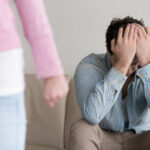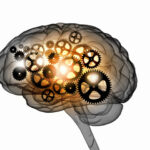While it is common for children, adolescents and even adults to play with their hair, frequent or obsessive hair pulling can lead to serious problems. When hair pulling becomes severe, the medical term for this is trichotillomania.
People with trichotillomania pull hair on various parts of their bodies, including the scalp, face, arms, legs and pubic areas. They may not notice the hair pulling until they need to cover up bald patches. They may try to do this with hair clips, a hat, wig or scarf. Those with trichotillomania are not able stop pulling their hair.
The most common symptoms of trichotillomania are:
- Constant hair pulling causing noticeable hair loss that is unrelated to baldness.
- Pleasure, excitement, or relief when pulling out hair
- Embarrassment or shame resulting from hair loss
- Problems at home, school or work
The cause of trichotillomania is unknown and in some individuals it can be damaging and very difficult to control. Hair pulling can occur anytime, but is often worse in stressful situations.
Most children with trichotillomania feel shame, embarrassment or guilt about their hair loss. In order to avoid these feelings, or even parental punishment, they may try to hide or deny they are pulling their hair. However, younger children may not notice or be bothered by hair loss. Older children and adolescents may be teased, have low self-esteem, anxiety or depression.
Parents of children with trichotillomania can become frustrated, since it is very difficult to understand that children with this condition can’t simply stop pulling their hair. Neither parents nor children are to blame for the hair pulling behavior. Punishing children for pulling their hair is not advised, because it is unlikely to decrease the behavior and can lead to problems with self-esteem.
Frequently used treatments for trichotillomania include:
- A specialized form of behavior therapy: Cognitive behavioral therapy (CBT). It involves helping the person recognize thoughts, feelings and behaviors associated with hair pulling. The goal of this therapy is to increase the awareness of hair pulling and replace it with alternative behaviors
- Medication therapy is also used to decrease the anxiety, depression and obsessive compulsive symptoms that accompany trichotillomania
- Family therapies and support groups are also available.
Those with trichotillomania should be evaluated by a trained and qualified mental health professional. Treatment is most effective when it is comprehensive and individualized to the needs of the individual and family.




